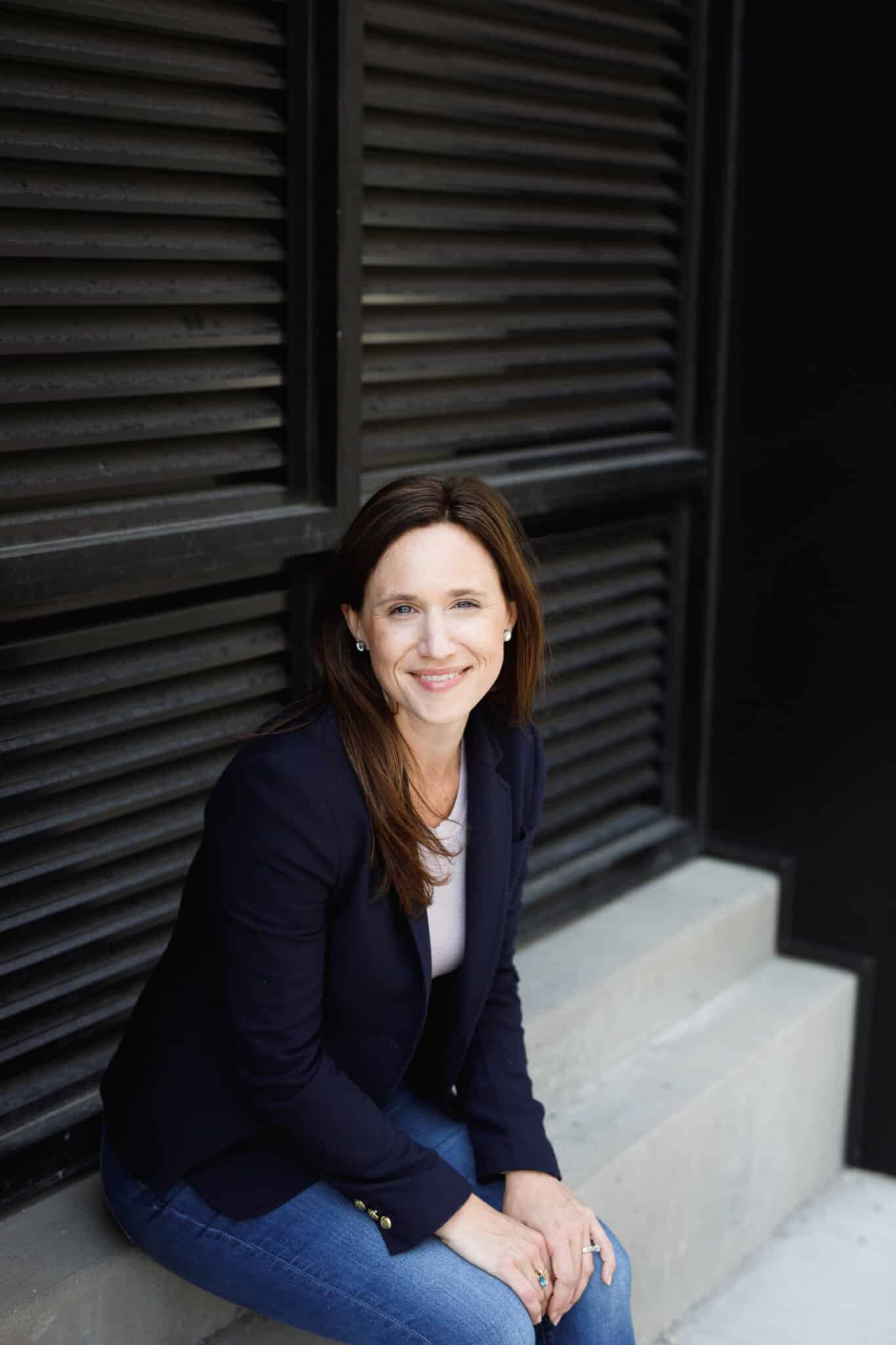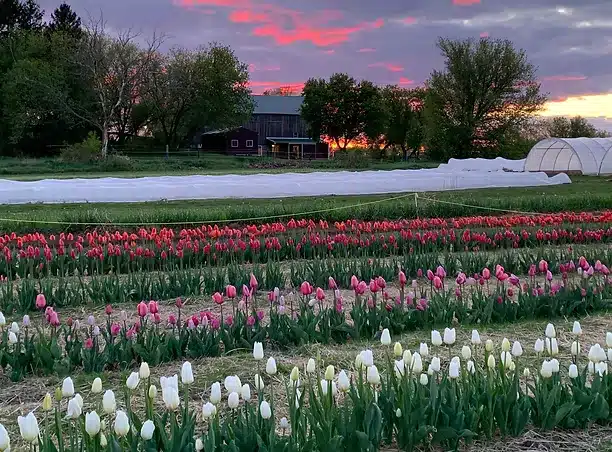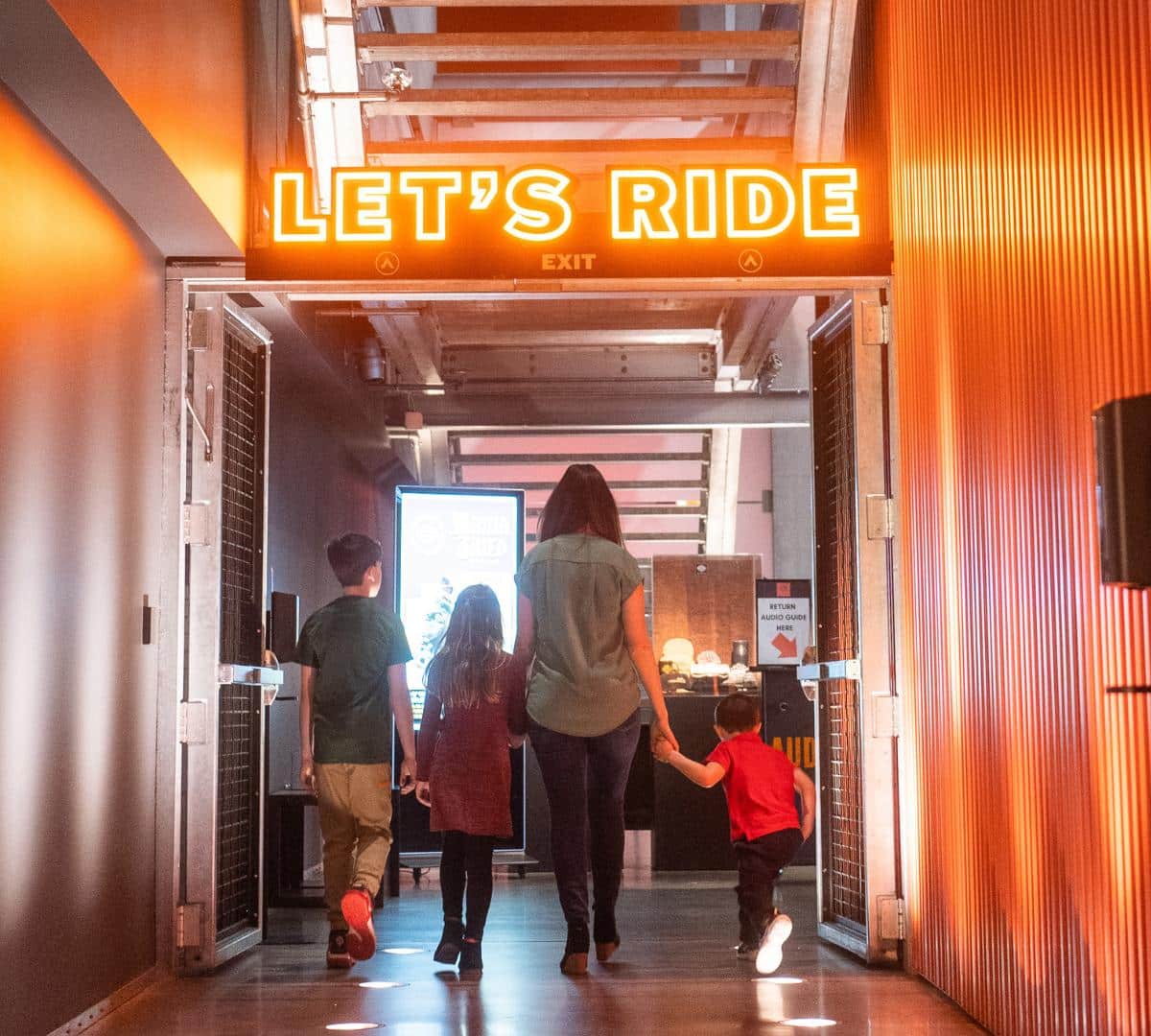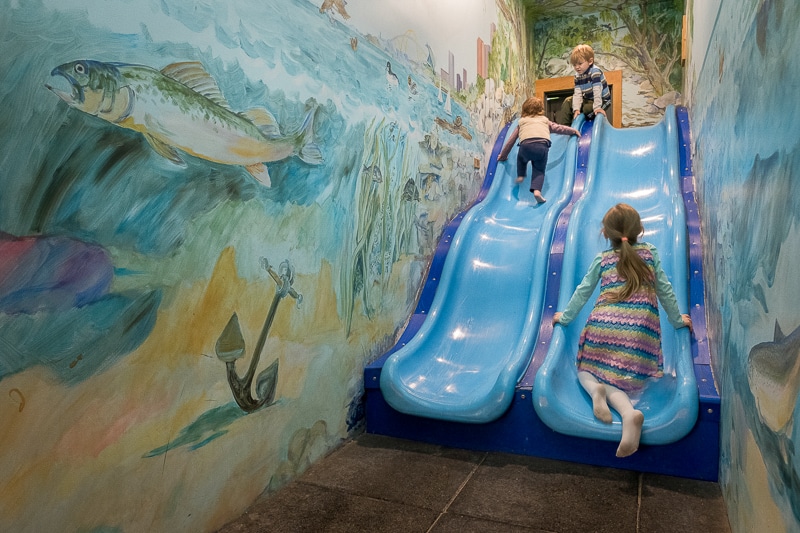Hello, scientists!
It’s me, Calie, your go-to guide for fun, educational activities that bring joy and wonder into our daily lives.
With decades of experiences as a former public school educator and camp counselor, I’ve gathered a treasure trove of activities that are a hit with kids of all ages.
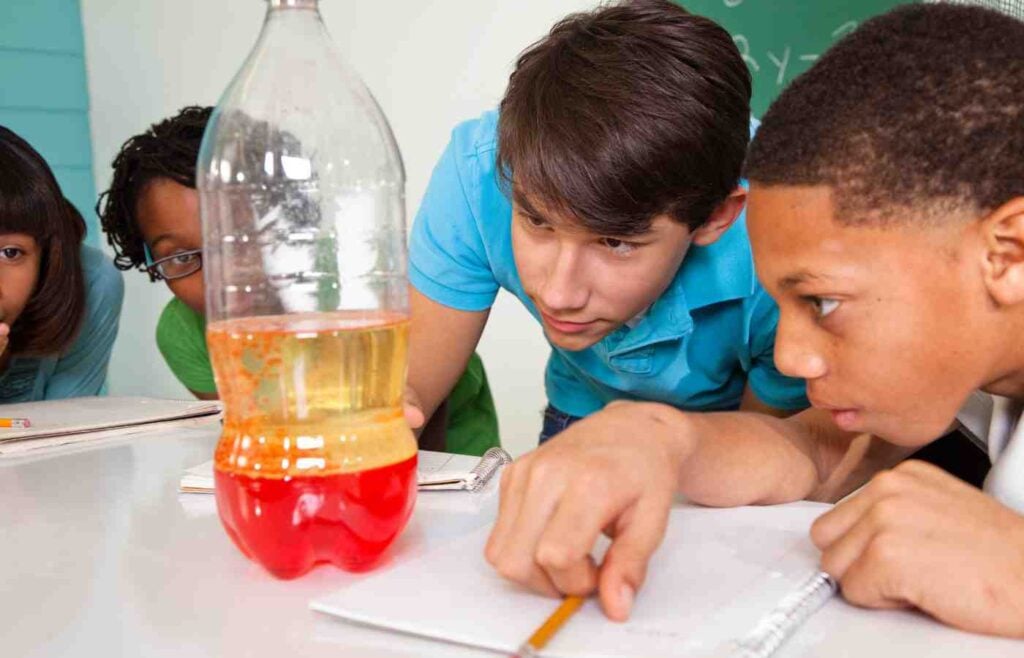
One of my all-time favorites? The homemade lava lamp!
Remember those mesmerizing, groovy lamps from a few decades ago? (Okay, maybe you don’t if you were born after the year 2000!)
Well, they’re not just relics of the past; you can create a simplified version right at home.
This project is perfect for kids aged 4-12 (and let’s be honest, adults love it too), teaching them about density in the most delightful way.
Plus, it’s a great opportunity to use some common household ingredients for a bit of science magic.
What You’ll Need:
- A clean plastic bottle or glass jar
- Vegetable oil
- Baking soda
- Food coloring
- Vinegar
- A flashlight (optional, but highly recommended)
Steps:
- Begin by adding a couple of inches of baking soda to the bottom of your bottle or jar. If you’re working with little ones, this is a great time to let them scoop and pour.
- Next, fill the rest of the bottle or jar with vegetable oil, leaving a little space at the top. A funnel can be a handy tool here. Watch as the oil and baking soda stay neatly separated – a neat visual cue for our density discussion.
- In a separate cup, mix about a fourth of a cup of vinegar with a few drops of food coloring. Stir them together to blend the colors.
- Slowly pour your vinegar and food coloring solution into the bottle with oil. This is where the magic starts to happen!
- If you have a flashlight, dim the lights and shine it through your newly created lava lamp. Prepare to be amazed!
What’s Happening?
As the oil floats on top of the vinegar (thanks to being less dense), the food coloring, which shares the same density as vinegar, sinks through the oil and begins to mix. When the baking soda dissolves in the vinegar, it releases carbon dioxide gas.
This gas, being lighter than the liquid, rises to the top, carrying some of the colored liquid with it. As the gas escapes, the liquid, now heavier, sinks back down. This delightful dance of blobs creates the lava lamp effect!
Video
This simple experiment is a gateway to exploring basic scientific principles with everyday items. Plus, it’s a fantastic way to bond with your kids, creating memories and learning moments that last a lifetime.
For a closer look at how it all comes together, check out this helpful video: Homemade Lava Lamp Video.
It’s a great resource for visual learners and adds an extra layer of engagement to the activity.
More Experiments About Density
For more easy science experiments that kids can do at home, check out 100 Easy Science Experiments For Kids To Do At Home.
Happy experimenting!
Warmly,
Calie
Calie Herbst, Editor-in-Chief of Milwaukee With Kids, has spent over a decade combining her experiences as a parent of three to create a hub for Milwaukee’s family adventures.
Her decade-long teaching career in Milwaukee Public Schools and academic background, including a Master’s in Teaching from Marquette University and dual B.A.s in Sociology and Spanish from the University of Wisconsin – Madison, fuel her passion for inclusive and engaging family content.
Calie is also a recognized voice in local media, contributing to WISN Channel 12 News, WTMJ Wisconsin Morning News, Fox 6’s Real Milwaukee, and B93.3.
Discover more about Calie’s journey and editorial approach on her About Page and Editorial Policy Page.




